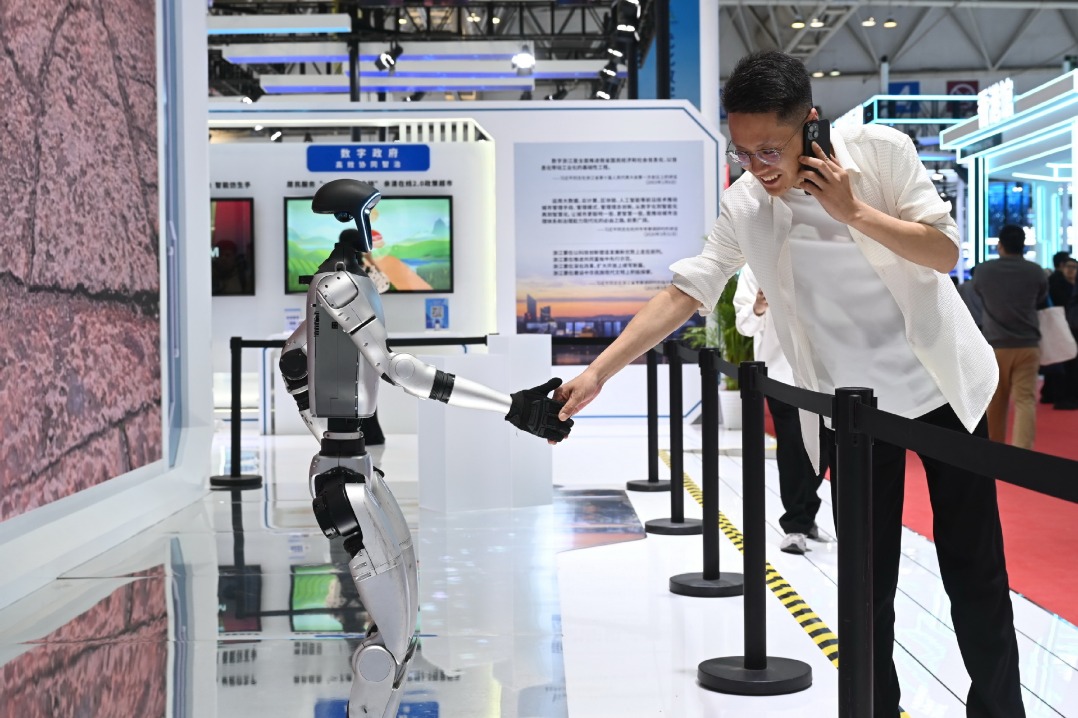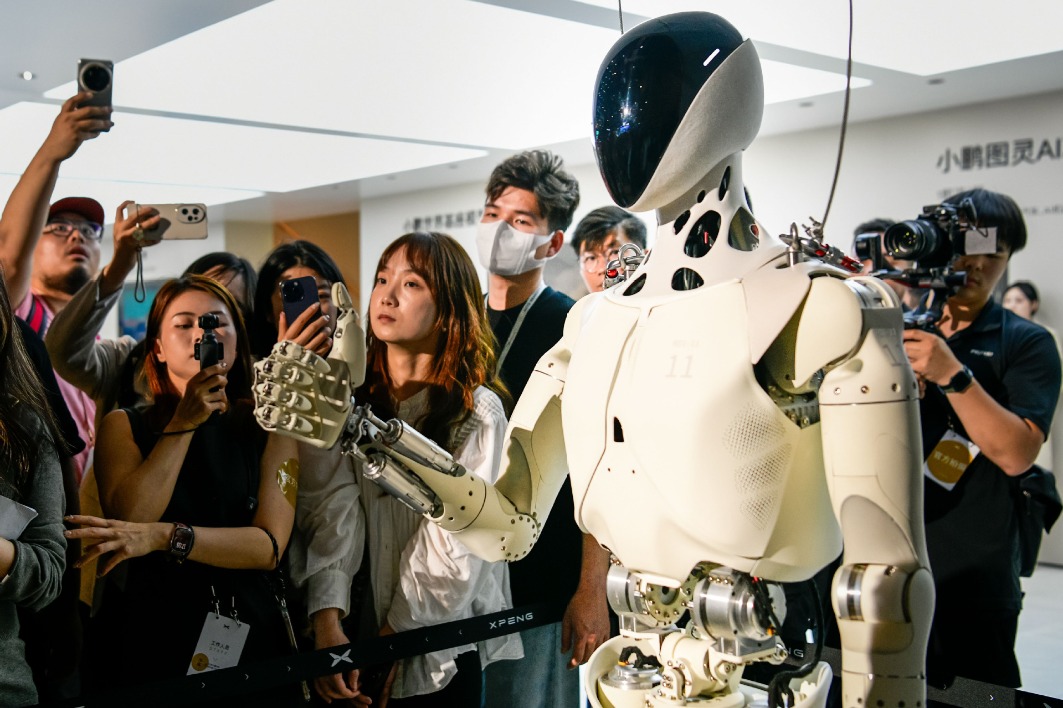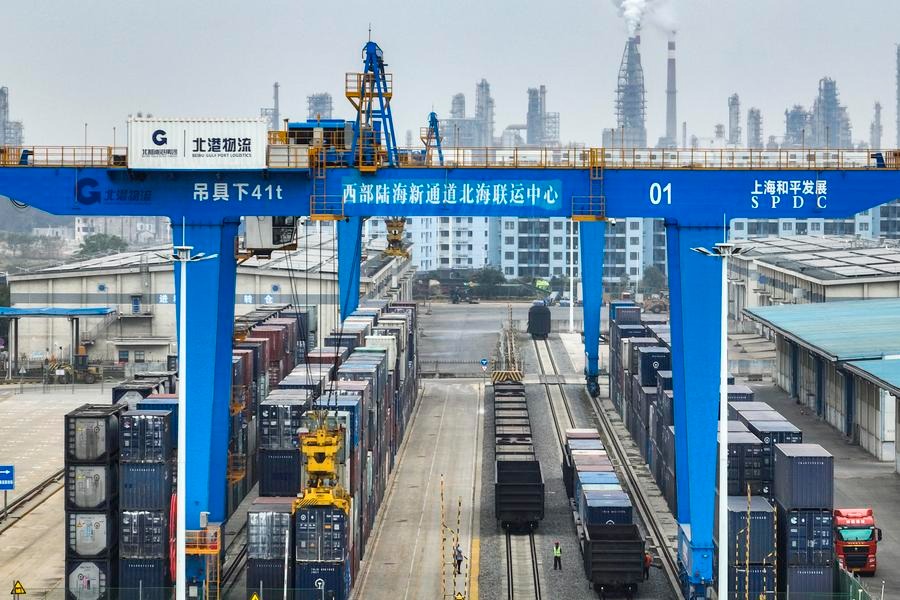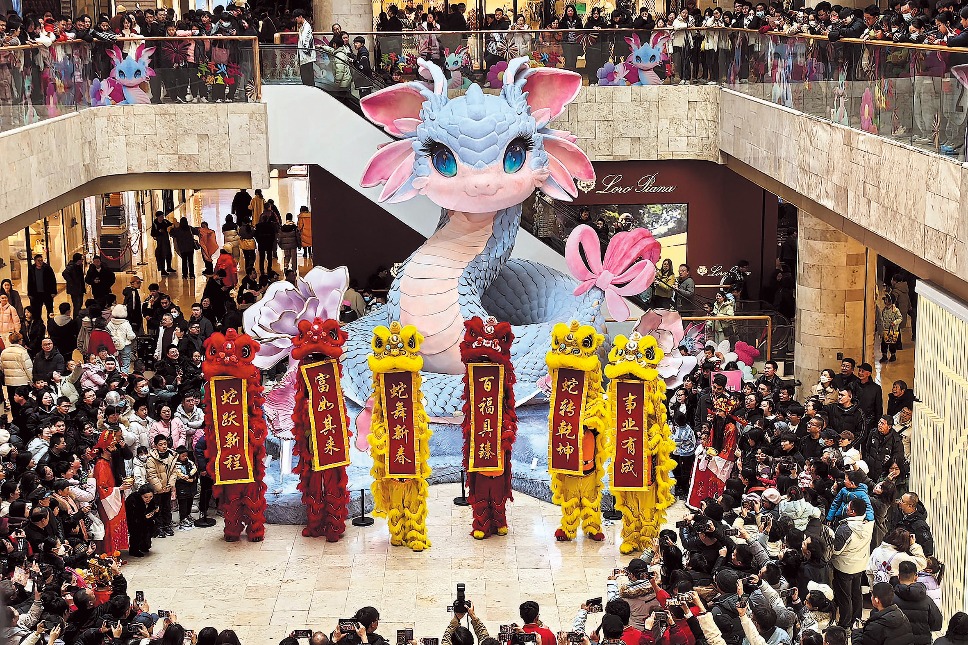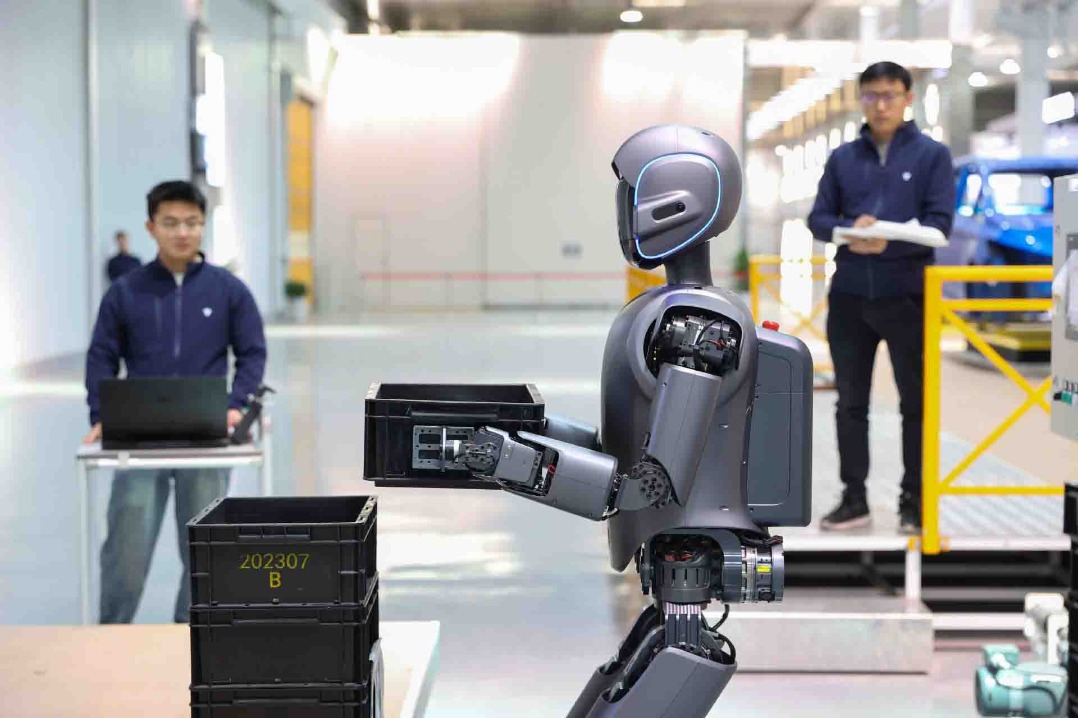France's Essilor sees exponential growth in eye care market in China

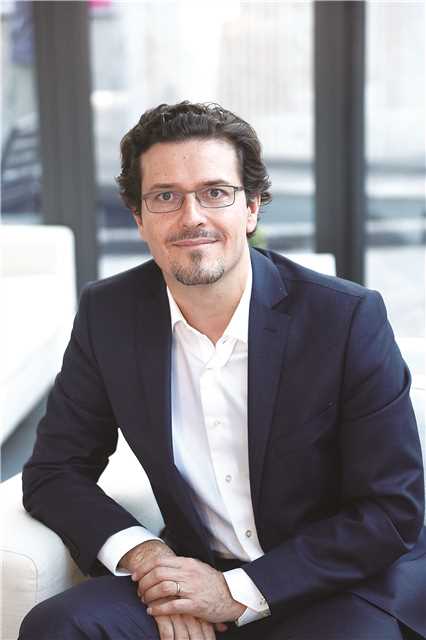
As the ambitious helmsman of Essilor in China, the French conglomerate in the lens business, Arnaud Ribadeau Dumas is setting his eyes on matters beyond his industry.
The Parisian, who has been working in the lens manufacturing industry for nearly two decades, said players from other industries - such as the manufacturers of chic sneakers or smartphone makers - are stealing all the limelight.
"What we are really fighting (in China) is not competition, but a lack of awareness," said Dumas, president of Essilor Greater China.
He made his remarks in Shanghai in November as the company officially kicked of a Myopia Management White Paper, in collaboration with the optometry group of the Ophthalmological Society in the Chinese Medical Association and other industry experts.
"Our competitors are from other industries that get more attention from consumers than us," he said. "People are willing to pay more to get a pair of sneakers than the right pair of glasses, which are at similar prices."
With some 100 to 300 million pairs of glasses being sold every year, China is already the world's largest eyewear market by volume, according to Dumas.
But for Essilor, which has been in China for 23 years, only half the market potential, if not less, has been unlocked, he said.
The World Health Organization has estimated that there are 600 million people in China afflicted with myopia, accounting for nearly half of its population.
The rate of myopia occurrence is still on the rise, exceeding 70 percent in senior high schools and universities, and reaching 50 percent in elementary schools.
According to a report by Li Ling, a professor from Peking University, in 2012, visual impairment of all types cost a total of 680 billion yuan ($99.19 billion) to treat in China, accounting for 1.3 percent of the country's GDP that year.
The number of people in need of eye correction in China, which reported one of the highest myopia rates in the world, is likely to exceed 700 million by 2020, twice the population of the United States, Li recently warned.
Consultancy Euromonitor estimated that retail sales of eyewear in China is likely to reach 81.2 billion yuan in 2018, up by 5.6 percent year-on-year. Essilor is now a leading player by retail value in China.
"We tend to consider China as a market that is still slightly underdeveloped in terms of eye correction and protection," Dumas said, attributing his conclusion to three causes - low awareness, limited access to eyecare professionals and the inadequate professionalism of opticians.
Dumas noted that only half of the people with myopia in China have had their vision corrected, while the other half don't wear any spectacles or contact lens at all, which he believes is more a matter of awareness than affordability.
Even for those who have their eyesight corrected, the products may have been "500 years old", as Dumas joked. The outdated eyewear means a lack of comfort, or inability to prevent damage from such things as blue light or UV light, which are considered harmful to eyesight.
This has resulted from another problem: the professional level of opticians, who are not supposed to be salesmen selling "frames" and "glasses", but medical professionals capable of dealing with the problems consumers are facing and providing solutions.
The dire situation has also caught the attention of the Chinese government.
In August, a top government leader declared that poor eyesight has become a national epidemic in China and called for the issue to be addressed so teenagers had a "bright future".
In the following month, the Ministry of Education, the National Health Commission and six other departments of the central government jointly unveiled a new scheme to curb the spread of myopia.
The rate of myopia among primary school kids is expected to drop below 38 percent by 2030, and the rate among junior and senior high school students to fall below 60 percent and 70 percent respectively.
"In the last five years, the eyewear market has doubled in China," Dumas said. "But we strongly believe it can triple in the coming decade, thanks to the very strong engagement of the government, and the joint efforts of hospitals and optical stores, to make eye correction as important as any other treatment but as enjoyable as shopping for a pair of sneakers.
"The objective at the moment is not to gain market share or to fight the competition, but to develop the market first, which as I say can be three or four times bigger," he added.
While the company declined to reveal specific revenue or growth rate by market or region, it noted that its Chinese business enjoyed a double-digit growth rate in 2017 and was looking to repeat that in 2018.
The company generated 7.49 billion euros ($8.57 billion) in revenue worldwide in 2017, with an annual growth rate of 6.7 percent.
North America remains its largest market, contributing 46 percent to its business, while the Asia-Pacific region accounted for 19 percent.
Essilor, created by a merger of the two French brands Essel and Silor in 1972, has acquired more than 250 companies over the past 20 years. In China, the company has adopted a unique way of growing its business - through partnerships and setting up joint ventures with locals.
Currently, it has two Chinese retail partners: Bolon, which is strong in sunglasses, and Mujosh, an eyewear fashion retail chain that has 1,300 outlets across the country. It's also in partnership with nine lens manufacturers in Danyang, in eastern Jiangsu province, the world's largest spectacle production hub, making more than 30 percent of the world's total output.
The company is also planning to introduce an unprecedented number of eight sets of new equipment to China, including lens making, once they gain the approval of the China Food and Drug Administration.
One of the new launches, called Vision R (TM) 800 is a phoropter - a device that has different lenses used for refraction of the eye during sight testing.
"Our company's vision is improving lives by improving sight," Dumas said. "It's our job to make eyewear a safe and helpful device, and consumers to take it home as a nice fashion accessory."
















